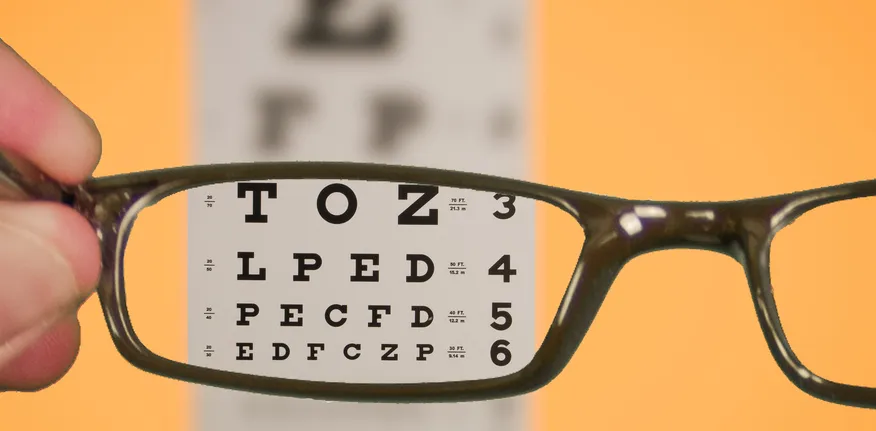The Vision Statement
Wednesday September 02, 2015



Next we want to talk about the vision statement. The vision statement is distinct from the mission statement. If the mission statement tells us where we are, then the vision statement tells us where we are going. I prefer a different analogy, though. The mission statement tells what we are doing. The vision statement tells why we are doing it. It finishing the sentence that begins, “We imagine a world where…”
That can be a difficult sentence to finish. Image our coffee shop example from before. When we said we are here to make great coffee, we didn’t give a reason why. If we are a for-profit business, it’s easy to say we are here to make money. But there’s more to it than that. We could be doing something else. And public and nonprofit institutions don’t that the easy fallback.
We might be making coffee because we want to be the biggest. Or maybe we have a social mission. Or maybe we just want to make the best coffee around. In the first case, our vision might be,
We are creating a world where great coffee is available on every street corner.
That’s really different from our mission. That tells the world we are going to put a store on every block. It may not be practical or achievable, but it’s a vision. Or we might have located in a depressed neighborhood, with a vision for change:
We imagine a revitalized neighborhood with a vibrant city life of food, music, and more.
That’s kind of disconnected from our mission, but that’s not all bad. It describes the world we are working to create, even if we are just a small piece of it. The key characteristics of the vision statement are that it be set in the future, describing some state of the world we are aiming forward, and it should be relatively stable, meaning the small or even large shocks should not change it. Accordingly, the vision statement itself should be relatively stable and not require frequent updates.
With our mission and vision, we now know what we are doing and why we are doing it. Tomorrow we will look at values.
Image by Ken Teegardin / Flickr.